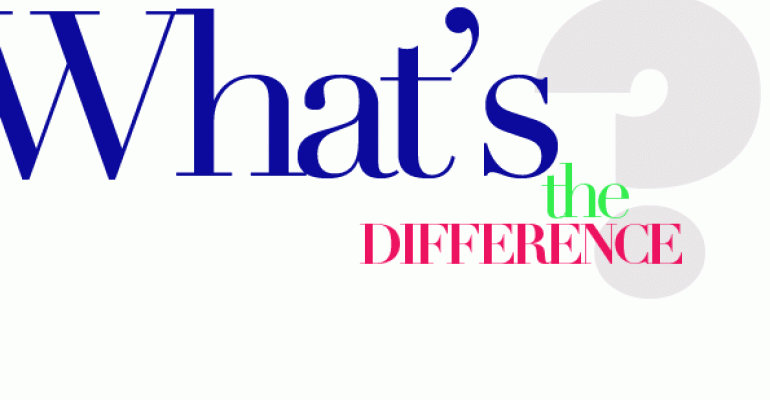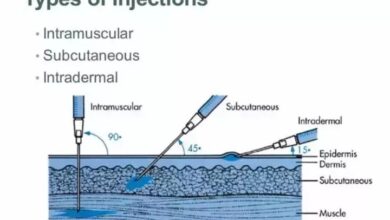What Is Safety Of A Drug?

What is safety of a drug?
The Safety of a drug involves the analysis of the frequency of adverse drug effects (i.e., physical or laboratory toxicity that could possibly be related to the drug) that are treatment emergent—that is, they emerge during treatment and were not present before treatment, or they become worse during treatment compared with the pretreatment.
The main goals of drug development are effectiveness and safety. Because all drugs can harm as well as help, safety is relative. The difference between the usual effective dose and the dose that causes severe or life-threatening side effects is called the margin of safety.
Who is responsible for drug safety?
Everyone is responsible for drug safety. Drug companies, regulators and the individuals that use these drugs all have a role to play in ensuring and promoting drug safety. In the US, the FDA provides information regarding drug safety in multiple venues. Some examples of physician and patient communications for drug safety information include:
1. Online ‘Index to Drug Specific Information: includes only drugs that have been the subject of a Drug Safety Communication or equivalent (previously known as Early Communication/Health Care Professional Information Sheet), and provides direct access to the content of each communication.
2. Med Watch Alerts: contain actionable information that may affect both treatment and diagnostic choices and provide timely medical product information. The MedWatch gateway provides opportunities to sign up for MedWatch email updates, subscribe to RSS Feed safety alerts, and follow MedWatch on Twitter.
3. Daily Med: a website developed with the National Library of Medicine, gives physicians and patients electronic access to FDA-approved drug labels. The presentation includes a ‘tabbed’ format, providing quick access to specific portions of product labeling, including reproductions of the carton and container.
4. Drugs@FDA: an online database of approved drug products, allows a search for information regarding drugs and biologic products by drug name or active ingredient. Electronic links to the product approval history, approval letters, reviews and related documents, labeling information, REMS information and medication guides are provided.
5. Complete transcripts of FDA Advisory Committee meetings, and schedules of upcoming meetings and agendas, are available online.
How It Works
The activity that is most commonly associated with pharmacovigilance (PV), and which consumes a significant amount of resources for drug regulatory authorities (or similar government agencies) and drug safety departments in pharmaceutical companies, is that of adverse event reporting.
Adverse event (AE) reporting involves the receipt, triage, data entry, assessment, distribution, reporting (if appropriate), and archiving of AE data and documentation. The source of AE reports may include: spontaneous reports from healthcare professionals or patients (or other intermediaries); solicited reports from patient support programs; reports from clinical or post-marketing studies; reports from literature sources; reports from the media (including social media and websites); and reports reported to drug regulatory authorities themselves.
For pharmaceutical companies, AE reporting is a regulatory requirement in most countries. AE reporting also provides data to these companies and drug regulatory authorities that play a key role in assessing the risk-benefit profile of a given drug. The following are several facets of AE reporting:
Individual Case Safety Report (ICSR)
One of the fundamental principles of adverse event reporting is the determination of what constitutes an Individual Case Safety Report (ICSR). During the triage phase of a potential adverse event report, it is important to determine if the “four elements” of a valid ICSR are present:
(1) an identifiable patient,
(2) an identifiable reporter,
(3) a suspect drug, and
(4) an adverse event.
If one or more of these four elements is missing, the case is not a valid ICSR. Although there are no exceptions to this rule there may be circumstances that may require a judgment call. For example, the term “identifiable” may not always be clear-cut. If a physician reports that he/she has a patient X taking drug Y who experienced Z (an AE), but refuses to provide any specifics about patient X, the report is still a valid case even though the patient is not specifically identified. This is because the reporter has first-hand information about the patient and is identifiable (i.e. a real person) to the physician. Identifiability is important so as not only to prevent duplicate reporting of the same case, but also to permit follow-up for additional information.
The concept of identifiability also applies to the other three elements. Although uncommon, it is not unheard of for fictitious adverse event “cases” to be reported to a company by an anonymous individual (or on behalf of an anonymous patient, disgruntled employee, or former employee) trying to damage the company’s reputation or a company’s product. In these and all other situations, the source of the report should be ascertained (if possible). But anonymous reporting is also important, as whistle blower protection is not granted in all countries. In general, the drug must also be specifically named.
Note that in different countries and regions of the world, drugs are sold under various trade names. In addition, there are a large number of generics which may be mistaken for the trade product. Finally, there is the problem of counterfeit drugs producing adverse events. If at all possible, it is best to try to obtain the sample which induced the adverse event, and send it to either the EMA, FDA or other government agency responsible for investigating AE reports.
If a reporter can’t recall the name of the drug they were taking when they experienced an adverse event, this would not be a valid case. This concept also applies to adverse events. If a patient states that they experienced “symptoms”, but cannot be more specific, such a report might technically be considered valid, but will be of very limited value to the pharmacovigilance department of the company or to drug regulatory authorities.





